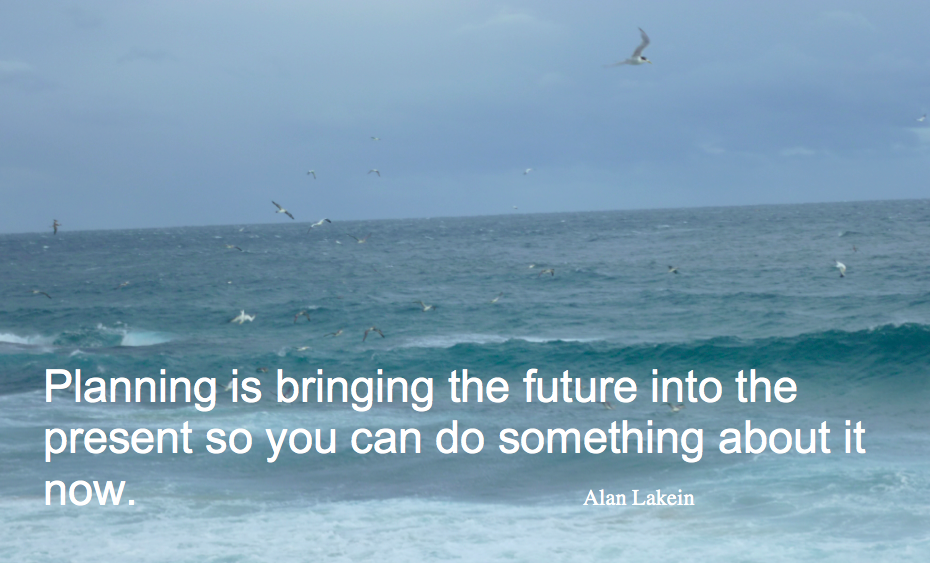Scenario:
I have two students who just don’t get on. They go out of their way to criticise each other, argue and stir one another up.They call out loudly to one another with inappropriate remarks and will walk past and push each other during class.
What can I do to interrupt and change the behaviour. It is upsetting to see two intelligent students being at loggerheads with one another. It disrupts the class, other students get upset and I feel really angry and annoyed that they think it’s ok to behave this way.
Try This:
1. Record all the behaviours that are causing the problems. Once you have identified the behaviours record the behaviours you want to see and hear in positive speak. Take note also of appropriate and positive behaviours you have observed.
e.g. Yelling out across the room becomes – spoke calmly and politely to everyone
Pushed into people – walked independently within the classroom and school playground
Yelled abuse at another person – spoke politely to everyone
Spoke in a positive way to (name a student) during a maths session
Walked to the library calmly
2. Organise a meeting with both students
Present them with a formal letter containing the time, place and date of the meeting. Make it formal. Include the purpose: Eg To discuss how to manage inappropriate behaviours at school or keep it even simpler, how to manage behaviours. Present the letter at the beginning of the day you plan to have the meeting and at a time when the students are calm and settled.
3. Before the meeting:
Have a list of all the inappropriate behaviours you have seen and and balance that with the appropriate ones you have also observed. The meeting needs to be a positive experience.
Record questions you want to ask.
Organise a large sheet of paper for drawing and writing. Textas for recording
4. Choose a meeting place that sets the scene for quiet, respectful and positive conversation.
e.g. At your desk or set up a table and chairs in your room so that you can all sit around it equally.
5. Meeting Format:
– Meeting Rules: One person speaks at a time. Everyone is able to put forward their thoughts and ideas.
– Explain the purpose: To discuss current behaviours that cause problems.
– Devise an action plan.
Share and discuss both the negative and positive behaviours you have observed.
Draw a flow chart to show the impact of the behaviours on the students, you, and the rest of the class.
Get to the bottom of the reasons why the students choose to behave in a negative way.
Where to next? Record a plan after discussion with the students. It’s important they have input. The plan needs to include behaviours expected and rewards.
It’s important to identify and target the behaviours that you want to see rather than the ones you don’t, no more than 3 or 4.
At the Meeting:
Explain that you care for the students, hence the meeting.
Get to the bottom of why they initiate the negative behaviours toward each other. There will be a history and often students blame each other.
Use this quote – If you always do what you always did, you will always get what you always got, however, when you change things, things change!
Have pen and paper for recording the behaviours expected and possible rewards. Accept ideas from the students. NB All rewards need to be real, authentic, worthwhile and do-able!
Provide the students with a typed copy of the final plan.
6. At the end of every teaching session or a time nominated by you and the students go through the check list. If the positive behaviours have been achieved the reward is provided.
Tip: A reward that works extra well is the whole class get a 5/10 minute game. This is particularly effective because everyone appreciates getting a game that was earned by appropriate behaviour. The student who achieved the game for the class with their positive behaviours feels terrific. Their efforts have pleased everyone!
Follow up with another meeting if required. Discuss what’s happened to date, what else might need to be done?
This management tool is very effective if used correctly and fairly. After a period of time expect students to ask if they can manage on their own without the check list. Self-esteem is heightened and students begin to feel good about themselves knowing they can achieve positive behaviours quickly and easily. Every one wins!
